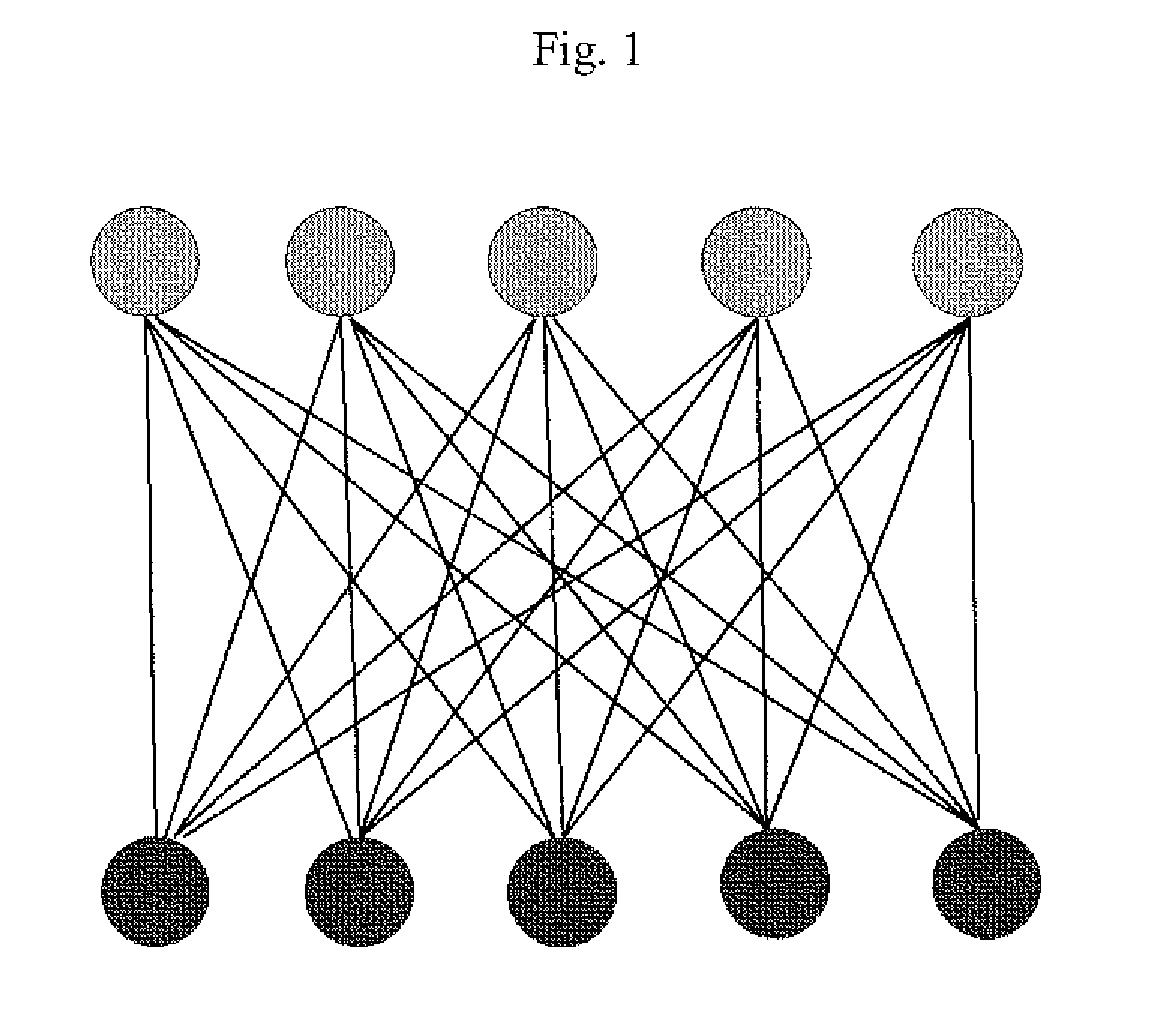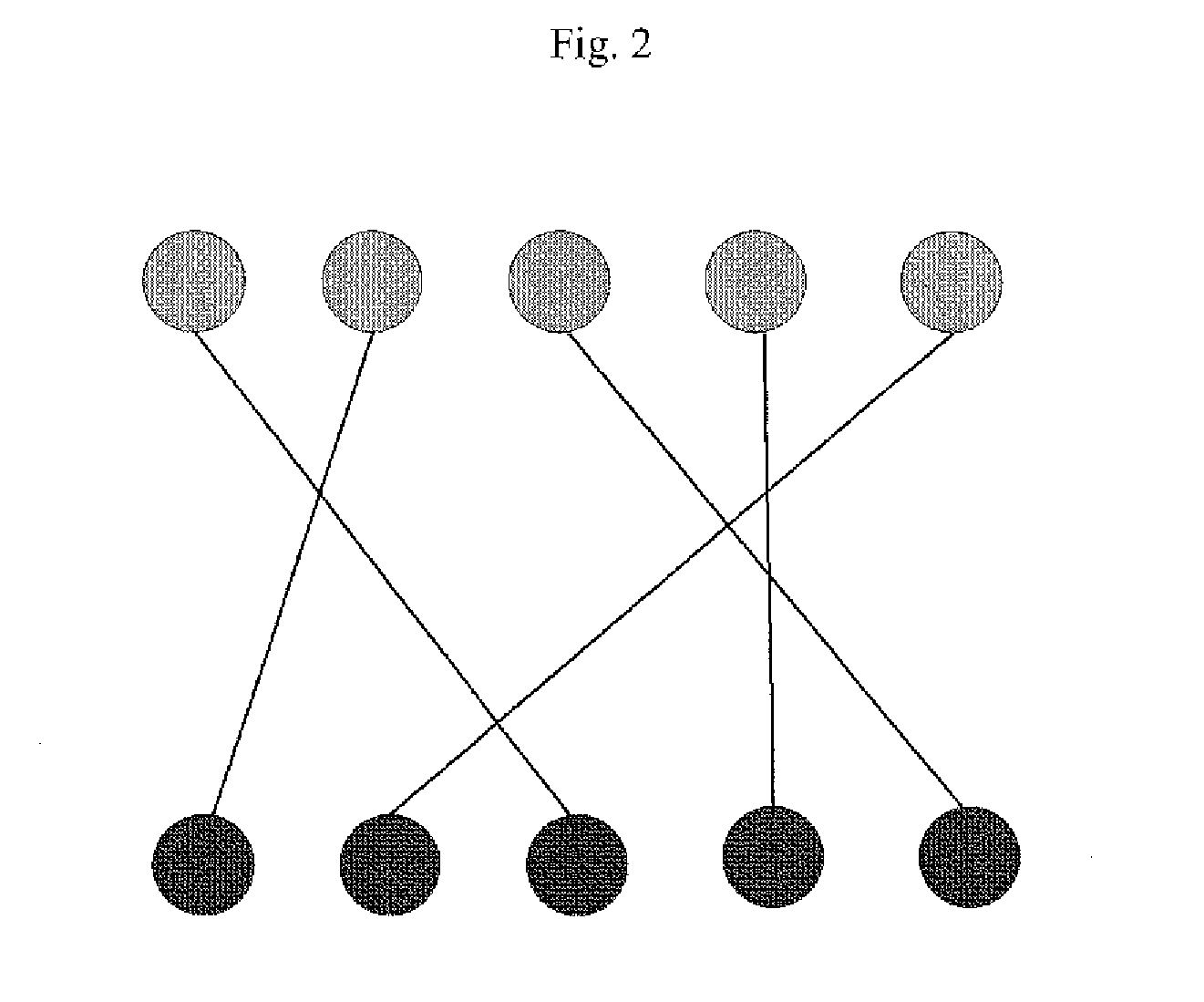Protein-ligand noe matching for high-throughput structure determination
a protein-ligand noe matching and high-throughput technology, applied in the field of nuclear magnetic resonance (nmr) methods, can solve the problems of not facilitating an iterative refinement process, not generating optimal, and requiring protein backbone atom nmr assignment, so as to facilitate the in silico generation of a trial ligand binding pose and reduce the size of mapping problems
- Summary
- Abstract
- Description
- Claims
- Application Information
AI Technical Summary
Benefits of technology
Problems solved by technology
Method used
Image
Examples
example 1
[0134]A high-resolution NMR-derived ensemble of Compound 1 complexed with the LFA1 I-domain was acquired (FIG. 4). These structures were computed from distance restraints derived form an assigned 3D 13C-reverse-filtered NOE spectrum (FIG. 5). The structure of this complex is well defined by the NMR data, and the binding mode observed by NMR has been verified by X-ray crystal structures of highly similar compounds.
[0135]Alternate structures of the complex were generated using the software program DOCK (Ewing et al., (2001) J. Comp-Aided Mol. Design 15:411-428) in order to sample alternate binding modes. An additional structure was generated manually in which the binding orientation was “flipped” with respect to the experimental binding mode. One experimental structure (a representative member of the ensemble shown in FIG. 4) and the alternate structures of Compound 1 bound to LFA1 were used in test matching and scoring.
[0136]A file was prepared that contained experimental peak inform...
example 2
Laboratory Example 2
[0142]The present inventors obtained a solution structure ensemble of the LFA1 I-domain complexed with Compound 3. The NMR spectrum of the protein-ligand complexed was assigned using a rapid assignment protocol that allowed the assignment of a subset of the protein-ligand NOE interactions. Backbone HN assignments were obtained by utilizing the determined assignments for the apo-protein, and recording a series of HSQC during a ligand titration. The ligand was in fast exchange. Initial backbone-sidechain scalar connectivities were established by CBCACONH and HBHACONH experiments. Protein side-chains known to be in the binding pocket were then assigned by interactive analysis of HCCH TOCSY spectra.
[0143]A total of 45 protein-ligand NOE restraints were obtained, of which 13 contain assignment ambiguities due to resonance overlaps. Key interactions include strong NOEs between the Compound 3 isopropyl group and the methyl groups of V130, L132 and V233, and a medium int...
PUM
 Login to View More
Login to View More Abstract
Description
Claims
Application Information
 Login to View More
Login to View More - R&D
- Intellectual Property
- Life Sciences
- Materials
- Tech Scout
- Unparalleled Data Quality
- Higher Quality Content
- 60% Fewer Hallucinations
Browse by: Latest US Patents, China's latest patents, Technical Efficacy Thesaurus, Application Domain, Technology Topic, Popular Technical Reports.
© 2025 PatSnap. All rights reserved.Legal|Privacy policy|Modern Slavery Act Transparency Statement|Sitemap|About US| Contact US: help@patsnap.com



